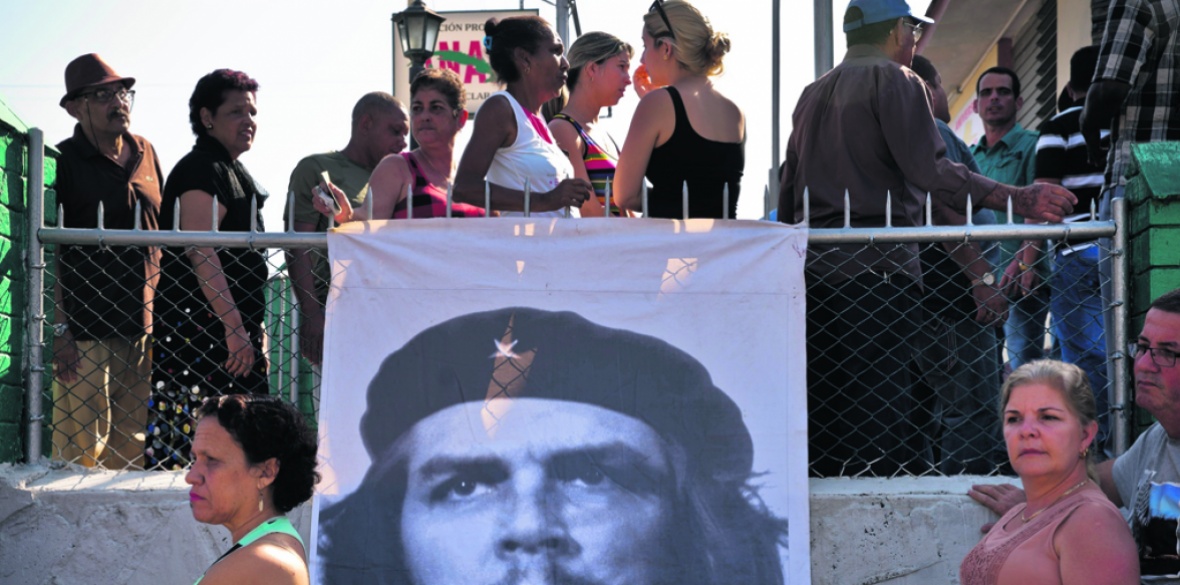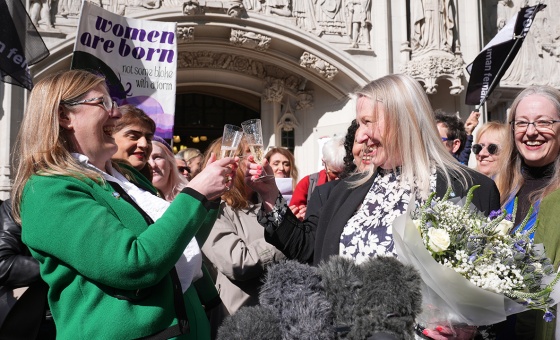This is the last article you can read this month
You can read more article this month
You can read more articles this month
Sorry your limit is up for this month
Reset on:
Please help support the Morning Star by subscribing here
WESTERN governments and mainstream media routinely refer to Cuba as a “dictatorship,” pointing out that the island has only a single party, the Communist Party of Cuba (Partido Comunista de Cuba, PCC), and that there are no election campaigns where two or more political parties battle against each other to win the votes of the electorate on the basis of manifesto pledges which may, or may not, turn out to be the programme that is carried out after the elections are over.
But is Cuba really a dictatorship? Do the Cuban people participate in shaping their communities and the direction of their country?
The Cuban system currently consists of three levels of government: the National Assembly (Cuba’s parliament); 16 Provincial Assemblies and 168 Municipal Assemblies.
All are elected directly by secret ballot involving all Cuban citizens aged 16 years or older. Voting is not compulsory. A full general election begins with the election of delegates to the 168 Municipal Assemblies which take place all across the island on the same day. A few weeks later the Provincial and National Assemblies are elected.
The reason for this arrangement is that elected Municipal Delegates make up to 50 per cent of the National and Provincial Assemblies. This is an important feature of Cuba’s political system because it ensures that local people are fully part of all governmental bodies and creates strong links between the National Assembly and communities throughout the island.
Equally important is the way in which Municipal Delegates are elected. At the last election 12,515 delegates were elected to the 168 Municipal Assemblies, each one representing a ward of around 1,000 electors. In the run up these elections, each ward is divided into between two and eight smaller areas for the purpose of holding nomination meetings to choose candidates. This means that most people at the meetings are neighbours and know each other.
Anyone attending their nomination meeting can suggest candidates, but the candidates must be resident in the ward, and must agree to being nominated. People cannot nominate themselves, and neither can the PCC nominate: it must be the residents in the ward who nominate the candidates.
This method ensures that there are always between two and eight candidates on the ballot paper for each seat on the Municipal Assembly, that’s to say, electors first nominate a number of candidates, and then choose between them on election day. Furthermore, those who are elected receive no pay for their work as Municipal Delegates, and remain living and working in their communities, carrying out their duties in the evenings and weekends but with time off for daytime meetings and commitments.
Immediately following the municipal elections, the Municipal Assemblies establish Popular Councils (Consejos Populares) throughout their municipality by grouping together adjacent wards. Each Popular Council is made up of the Municipal Delegates of the wards concerned together with representatives from the local mass organisations, that is Committees for the Defence of the Revolution (CDR), Central Union of Cuban Workers (CTC), Federation of Cuban Women (FMC), and the Association of Small Farmers (ANAP).
Popular Councils can also invite others to join the council where the delegates think it helpful for resolving problems, or improving services, for example health workers, managers of local factories or farms, teachers from local schools, social workers and so on. Responsibility for the day-to-day oversight of many services and production centres has been devolved to them from the Municipal Assembly.
This means that communities are able to prioritise the work of the Popular Councils, identify local resources, collectively develop plans for their communities, and request support from the Municipal Assembly. For example, plans might include identifying the need for an additional medical centre, facilities for young people, or extra places at day-care centres for senior citizens.
Elections to the Provincial and National Assemblies are done differently. Here we focus on the election of the National Assembly, but a similar process applies to the 16 Provincial Assemblies.
The National Assembly is made up of 605 elected deputies. The number of names on the ballot paper is equal to the number of deputies that are to be elected.
The fact that there is no “choice” on the ballot paper is, of course, cited by many commentators outside Cuba as being “proof” that Cuba’s electoral system is not democratic. However, the processes by which names are placed on the ballot paper is extensive and inclusive and involves the mass organisations mentioned above and the Federation of University Students, and the Mid-Level Students’ Federation. Almost everyone in Cuba belongs to one or more of these organisations. Hence, it is the general population which put forward nominations through these organisations.
The nominations are then subject to wide public consultation, but the candidates on the ballot paper must include up to 50 per cent of people who are elected municipal delegates. This work is undertaken by Candidacy Commissions, which are composed of representatives elected from and by the mass organisations.
Their responsibilities also include ensuring that the National Assembly reflects all sectors of Cuban society, including workers from the state and non-state sectors, members of the mass organisations, farmers, nationally known figures from the arts and sports, members of the armed forces, women, people of colour, all age-ranges, and from all parts of the island.
In many countries the head of state is elected indirectly as is the case in for example in Italy, Germany and India (and, in the case of the head of government, the UK). This is also the case in Cuba where the President of the Republic, currently Miguel Diaz-Canel, is elected by the National Assembly.
Cuba is set to have a new constitution in 2019. The draft of the new constitution was debated and discussed by 8,945,521 people between August 15 and November 15 this year. The final draft will be put to a referendum on February 24 2019. Amongst the changes proposed is the elimination the 16 Provincial Assemblies and the devolution of power to the Municipal Assemblies.
Rather than this being a loss of democracy, it is a gain to the communities who will have more powers and more autonomy to decide on local matters. The new arrangements will provide people with even more opportunities to in participate in political life.










